Understanding records from the French Revolution
The Revolutionary period (between 1792 and 1806) can be quite challenging for French genealogy. There are two main reasons for this. First, because during this period a new calendar — the Revolutionary calendar — was used. And second, because the names of some towns changed at the time.
The Revolutionary calendar, or Republican calendar
The French Revolutionary calendar — also called Republican calendar — was created in October 1793. But it was set to begin on the 22nd of September 1792, day when the French Republic was established.
As a result the first year of the Revolutionary calendar started on the 22nd of September 1792, the second year in September 1793 and so on. Napoleon put an end to it in 1805. Therefore, the calendar went back to normal on the 1st of January 1806.
With this calendar, the year was divided into 12 months with names based on seasons:
- 3 months for autumn, ending in -aire: Vendémiaire, Brumaire and Frimaire
- 3 months for winter, ending in -ôse: Nivôse, Pluviôse and Ventôse
- 3 months for spring, ending in -al: Germinal, Floréal and Prairial
- 3 months for summer, ending in -dor: Messidor, Thermidor and Fructidor
All months were 30 days long. This was not enough to make a full year, so to finish the year, there were 5 extra days — or 6 in leap years — called the complementary days or “sans-culottides” (as a reference to the sans-culottes).
On official records, Revolutionary dates were typically written in full letters, like in the following example: “du dixième jour du mois de thermidor l’an neuf de la République française” meaning “on the tenth day of the month of thermidor on the ninth year of the French Republic”.
Note: when Revolutionary dates are written with numbers, roman numerals are usually used for the year. For example, the date above would be written “10 thermidor an IX“.
If you want to convert a date from the Revolutionary calendar to the current calendar, some tools have been made available by French archives, such as this one by the Archives of Pas de Calais (select the year in the drop-down menu above the table, then click on the chosen date and a popup will tell you the date in the current calendar). The reverse conversion is also possible with this link.
As an example, the date seen above would convert to July 29th, 1801.
Town name changes
During the Revolutionary period, many towns had their names changed. This was mostly done to erase all signs of royalty, nobility or religion from town names. New names were usually based on geography or on Republican principles.
For example, Bar-le-Duc in the departement of Meuse was renamed Bar-sur-Ornain because “duc” (meaning duke) was a nobility title (Ornain was the name of the local river). Some towns with the word “Saint” also had their names changed. For example, Saint-Nazaire became Port-Nazaire at the time.
You can find a list of the communes whose names changed on this Wikipedia page.
But these changes were only temporary: most towns took their old names back in 1814.
These name changes won’t be an issue to find records, because the records of this period have usually been classified under the current name of the town. But it can be difficult to identify a town mentioned in a record during this period.
For example, in the following marriage record, the groom is said to come from Vitry-sur-Marne.
There is no such city nowadays, but at the time, it was the name given to the city of Vitry-le-François, in the departement of Marne.
You can also note that in big cities, such as Paris or Reims, the names of the districts can have been changed at the time. For example in Reims, districts were given new names linked to the Revolution such as: “Section de la Fraternité” (district of brotherhood), “Section de la Montagne” (district of the Mountain, which was a political group during the Revolution), “Section des Droits de l’Homme” (district of Human rights), …
The names of some streets also changed. For example, in the following marriage record, the groom lives on “rue du Bonnet de la Liberté, section des Droits de l’Homme“, that is to say: the street of the liberty cap, district of Human Rights (the Liberty cap or Phrygian cap was a symbol of the French Revolution).
Other changes during the Revolutionary period
During the Revolutionary period, there were some other changes that can have an impact on genealogy research.
Between the 22nd of September 1798 (1er vendémiaire an VII) and the 26th of July 1800 (7 thermidor an VIII), marriages had to be celebrated in the main canton town, and not in each town as it was usually the case. So if you cannot find a marriage in the town where your ancestors lived, it can be useful to look for records from the main town of their canton.
Another thing to know is that divorce was allowed in France during the Revolutionary period. Divorce has been allowed from the 20th of September 1792 to the 8th of May 1816 (it was reinstated only in 1884). At the time, divorces were usually recorded in the same registers as marriages.
I will definitely write a more detailed post on the subject of divorce in France in the future.
Elise
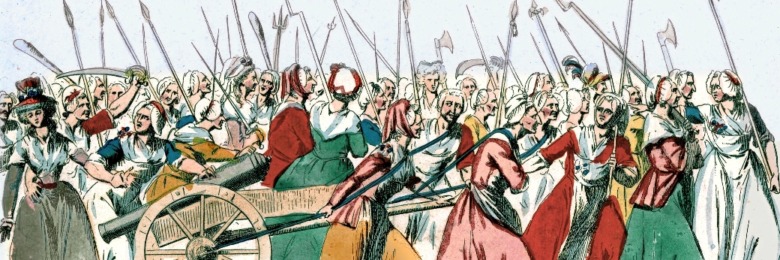
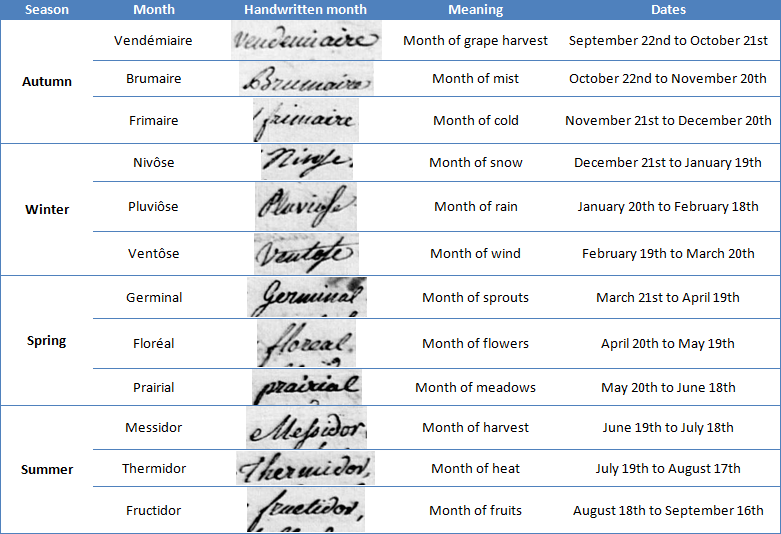

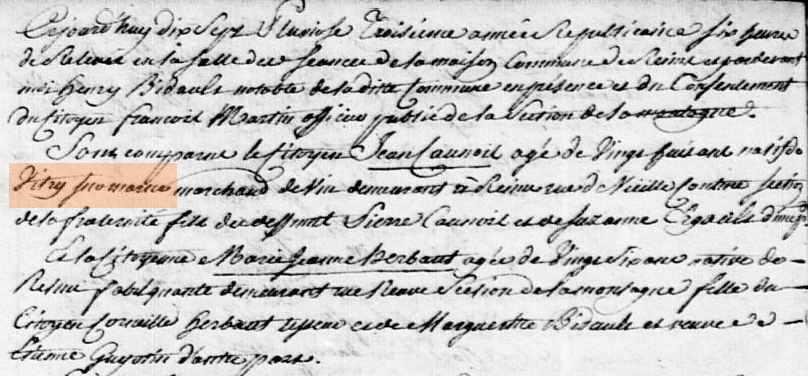

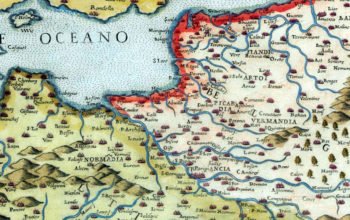
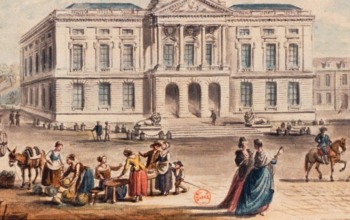

Fascinating! Thanks for sharing your knowledge on this!
Hi Elise, any idea where I could find a record of papal merchant fleets and their owners and captains seized by the French probably out of Civitavecchia Port during the French Revolution – probably around 1798-1799. The were seized to support Napoleon’s African campaign.
Hello, I unfortunately have no idea where they could be.